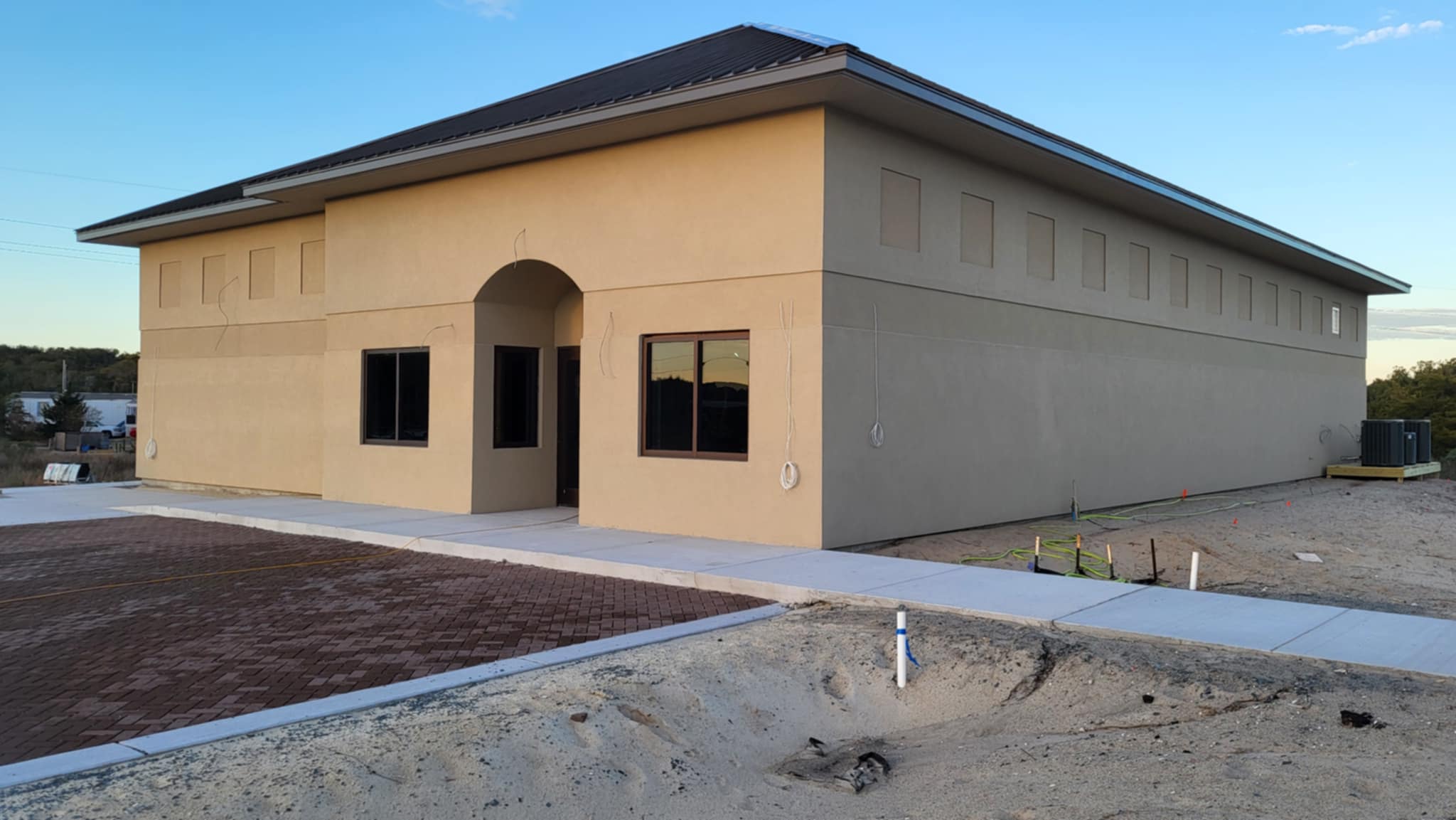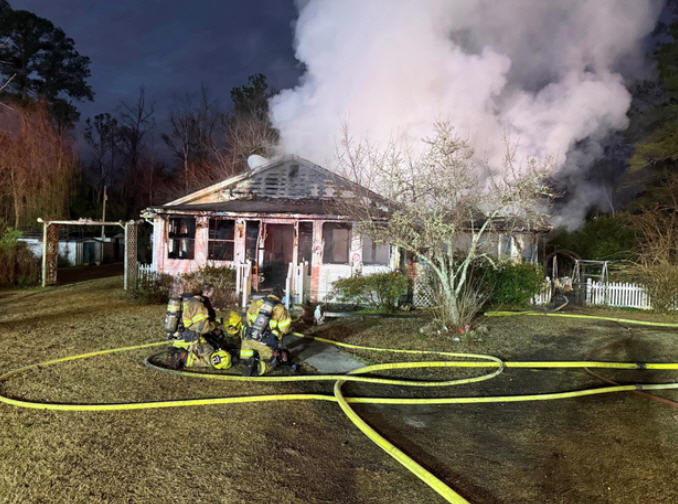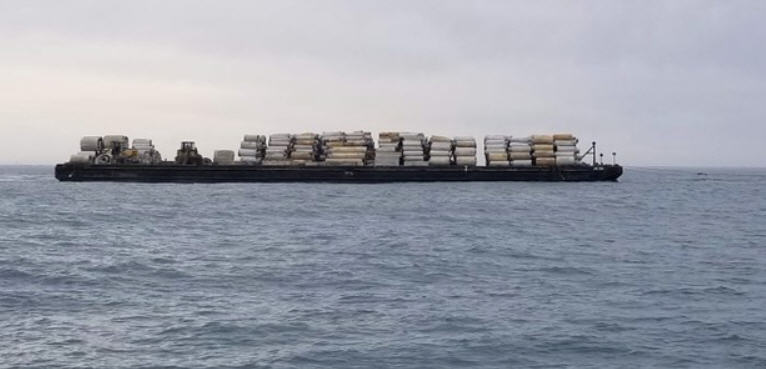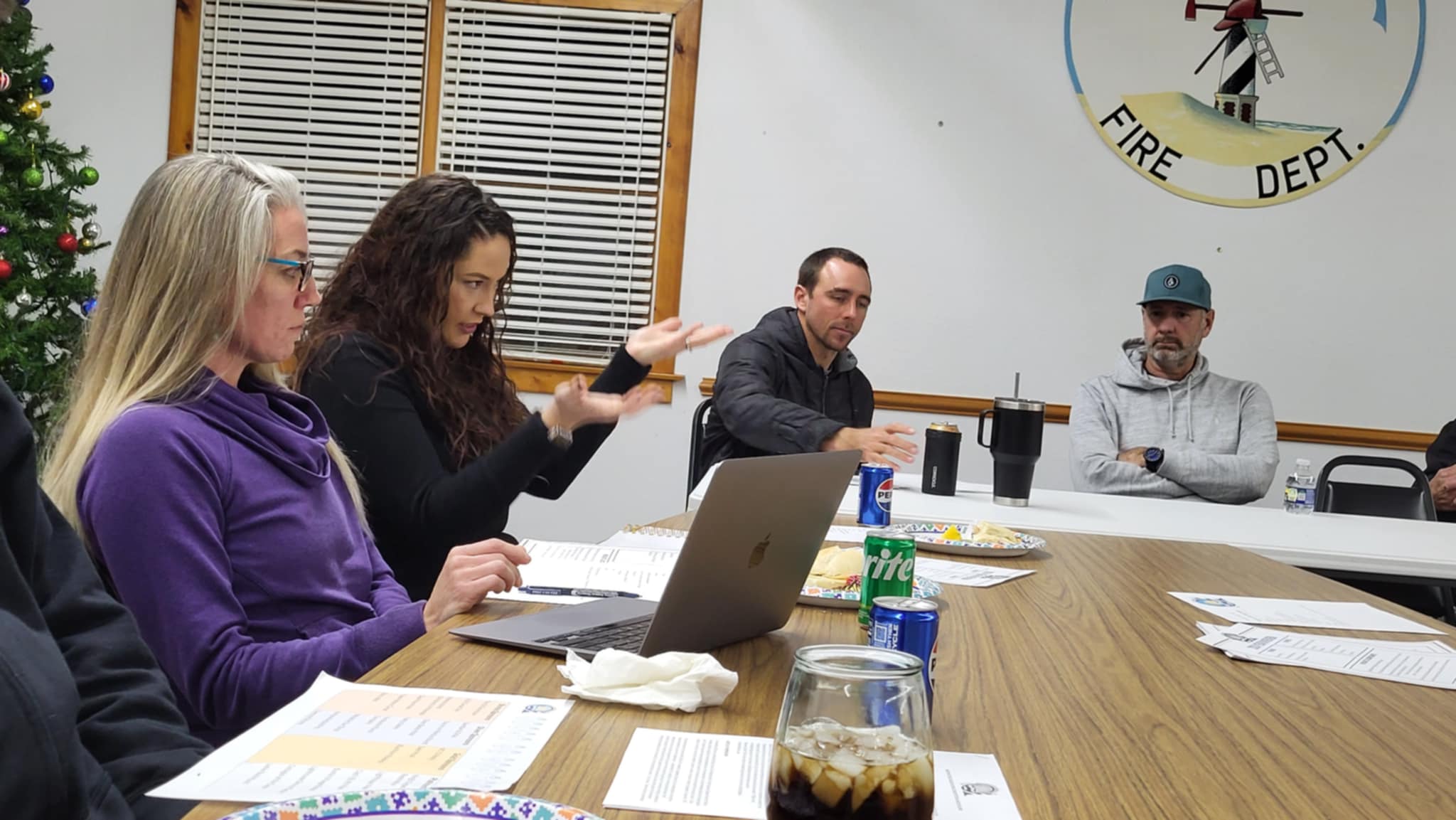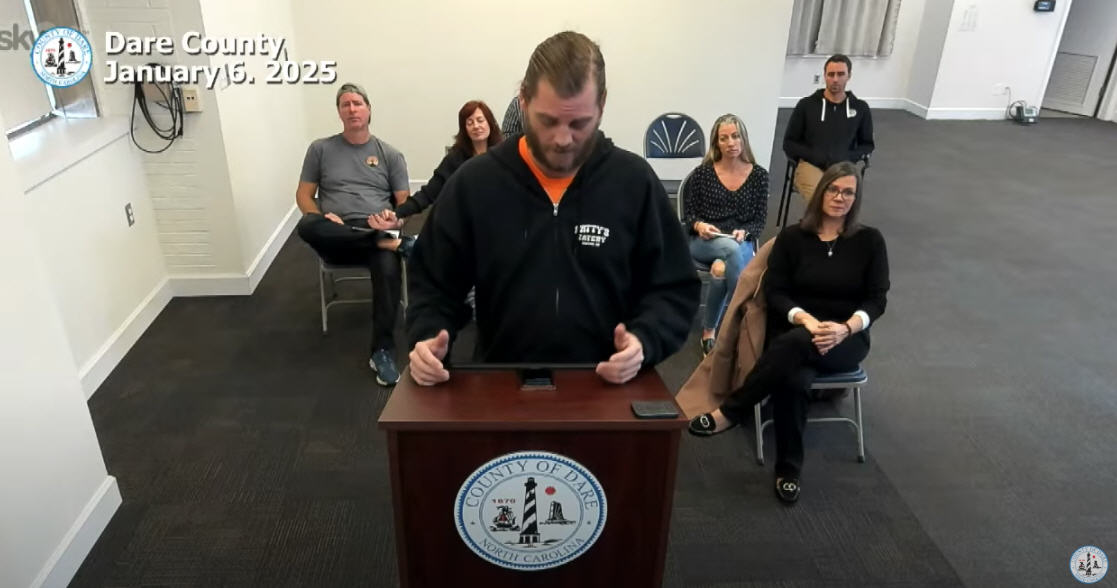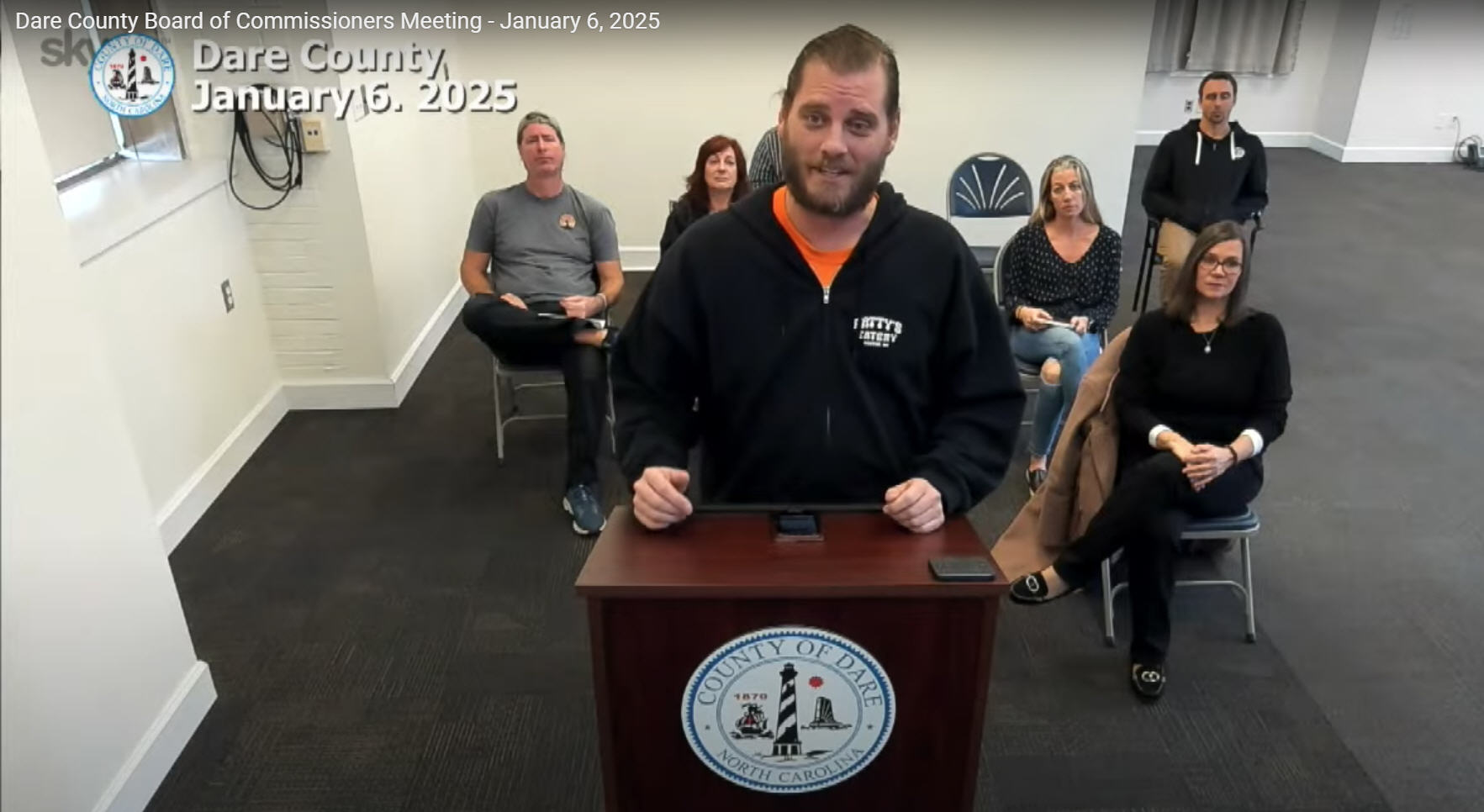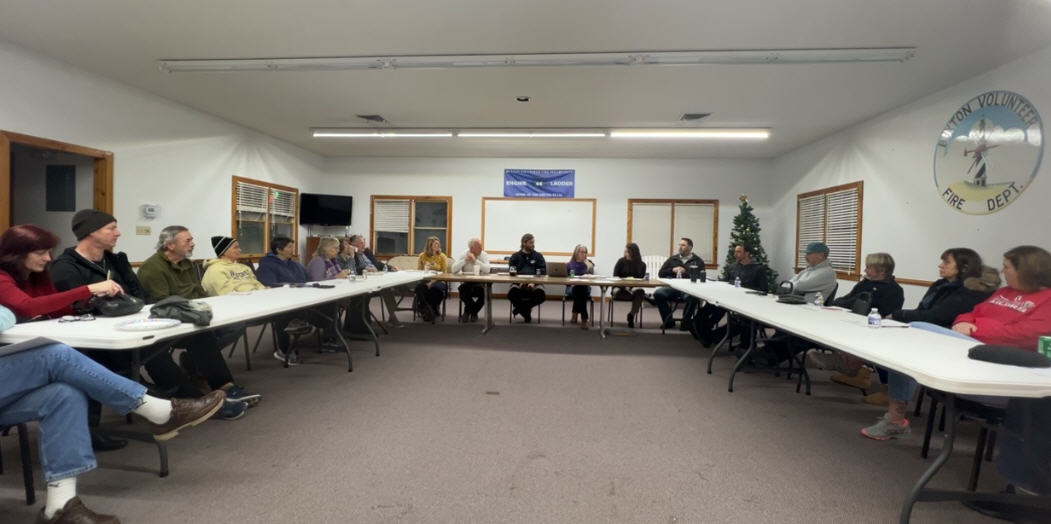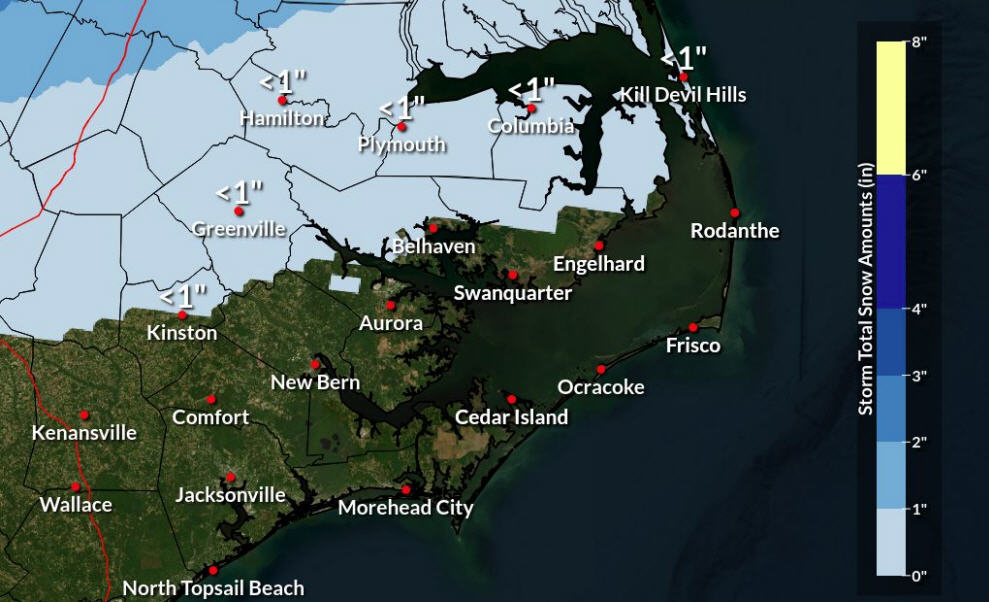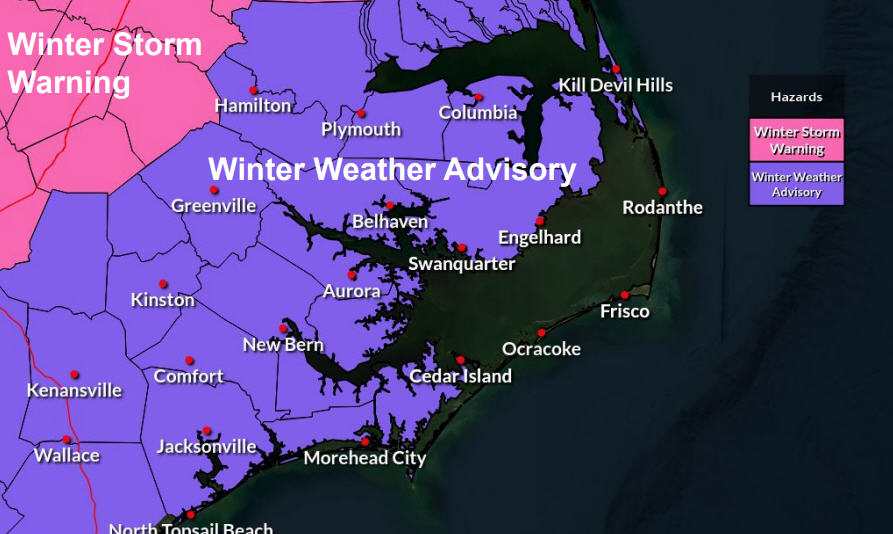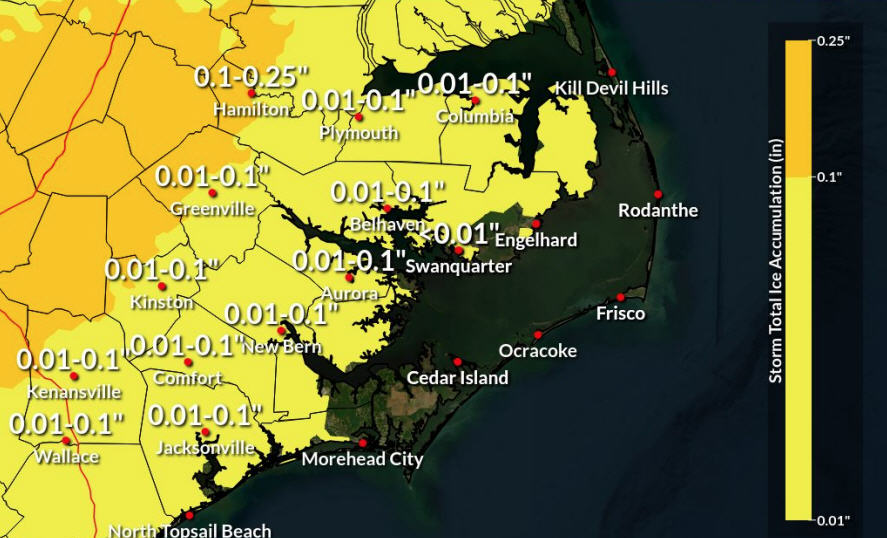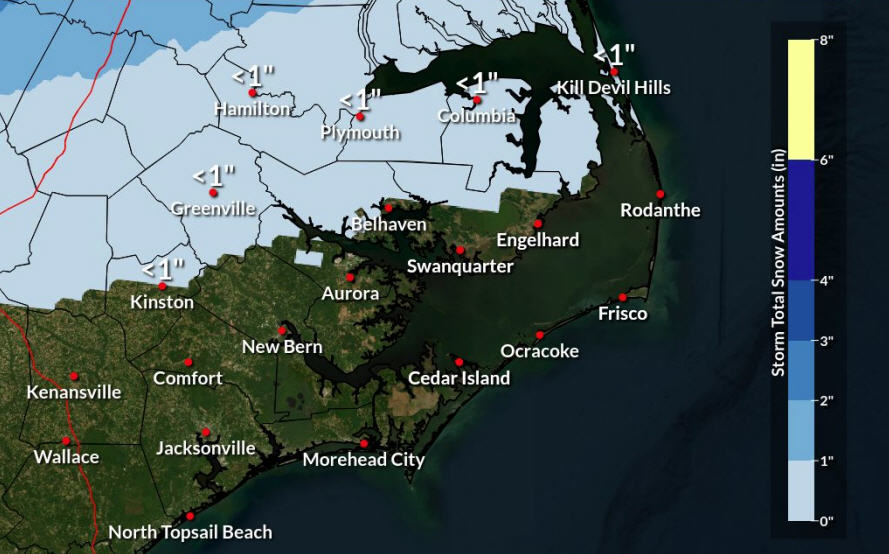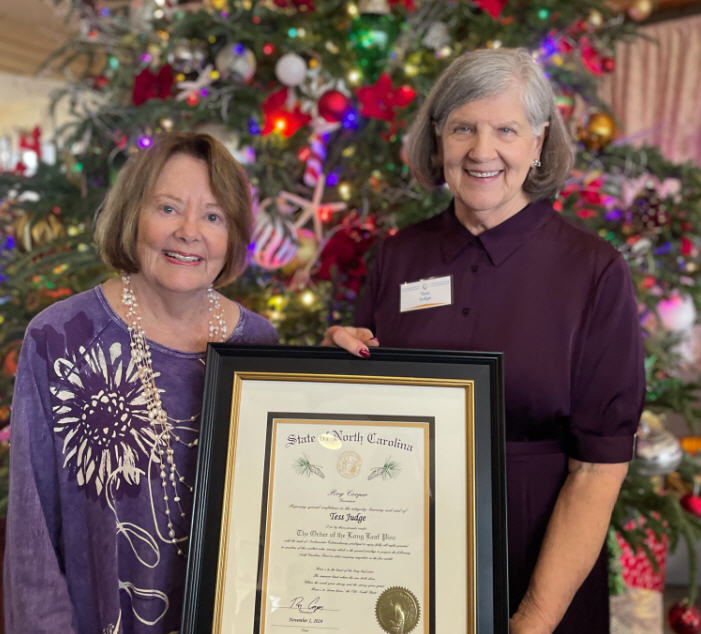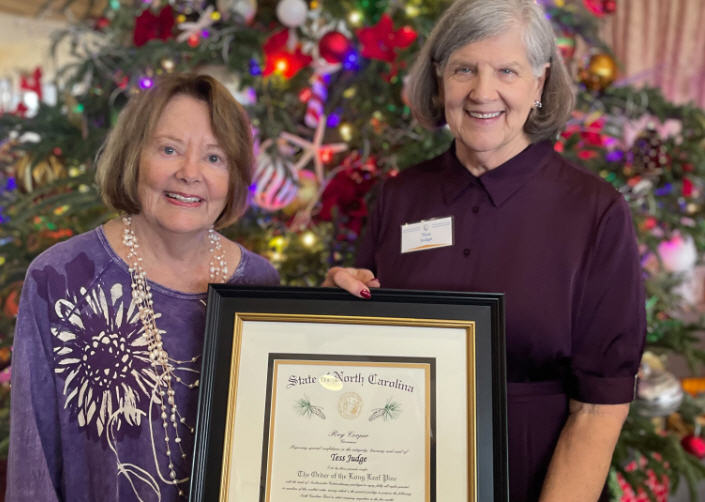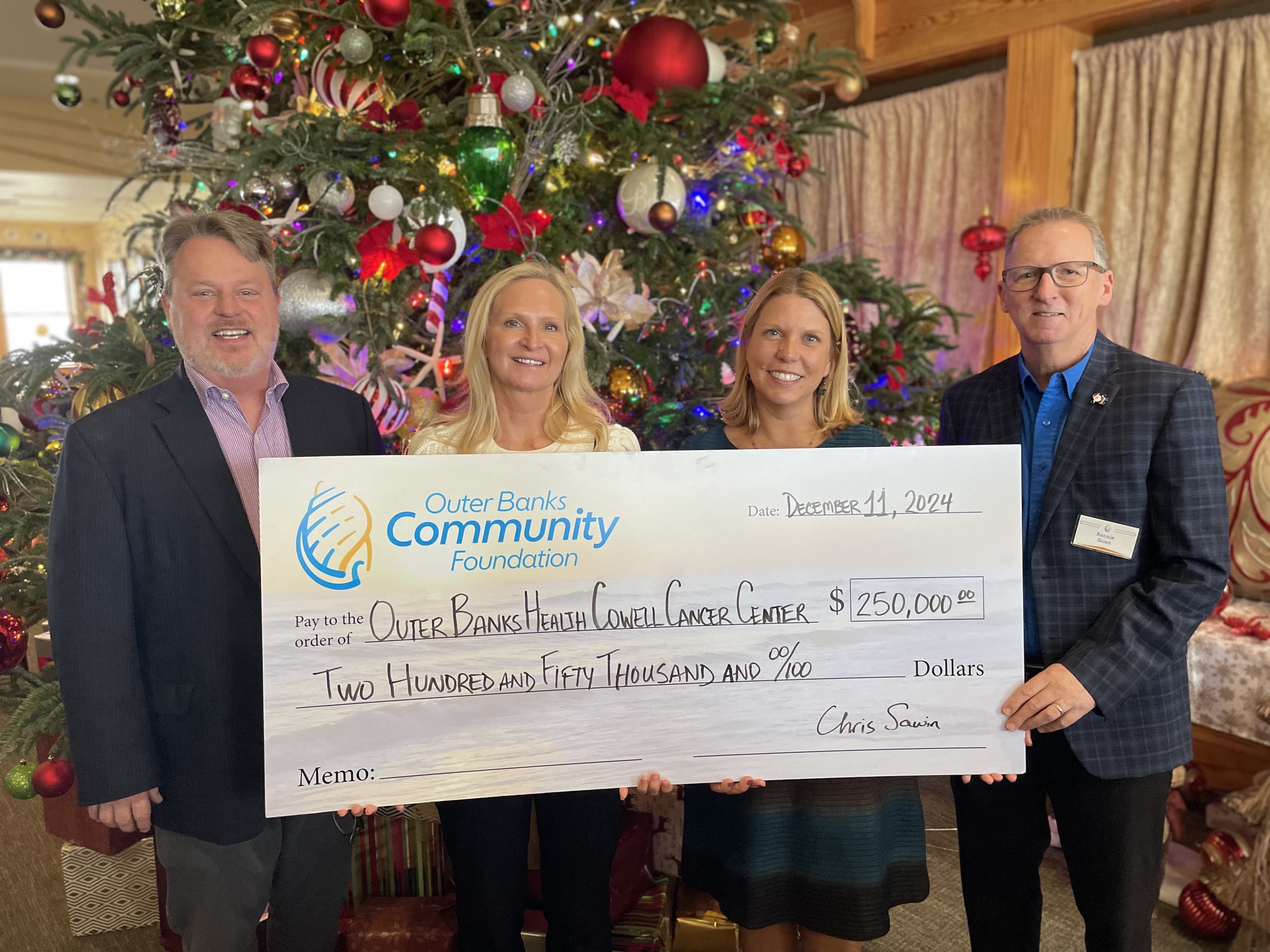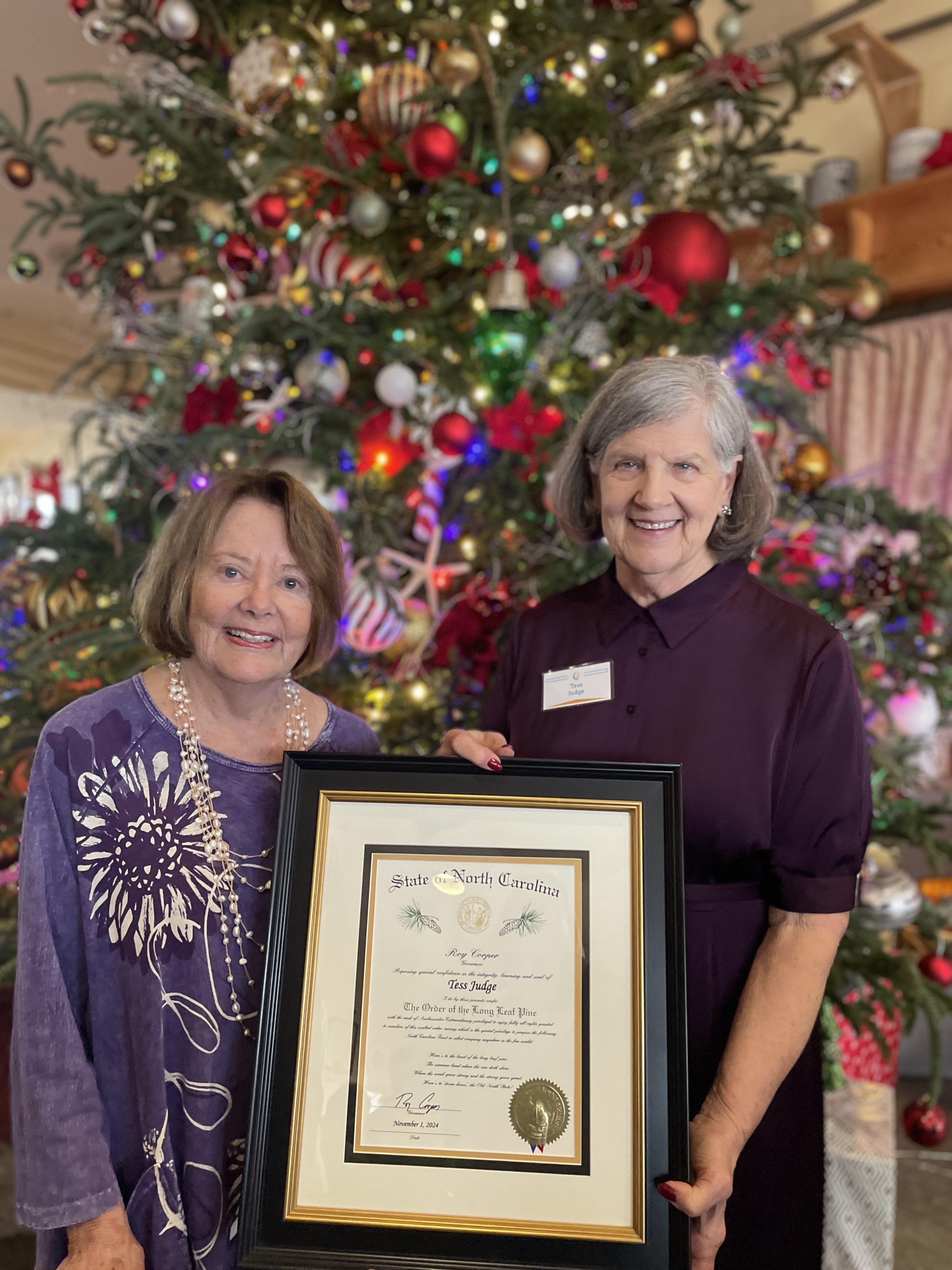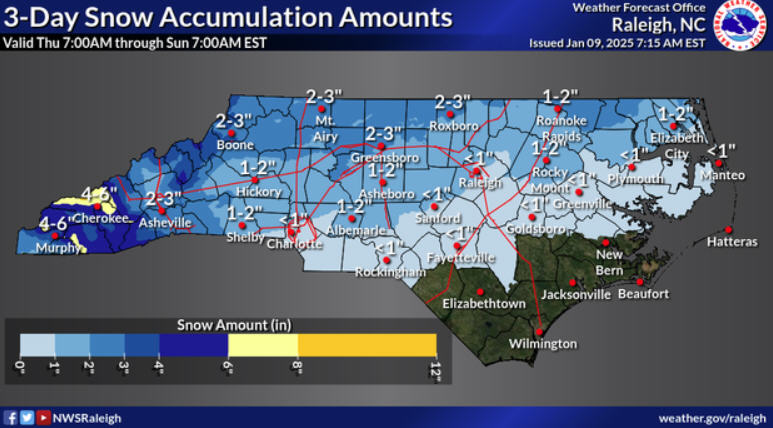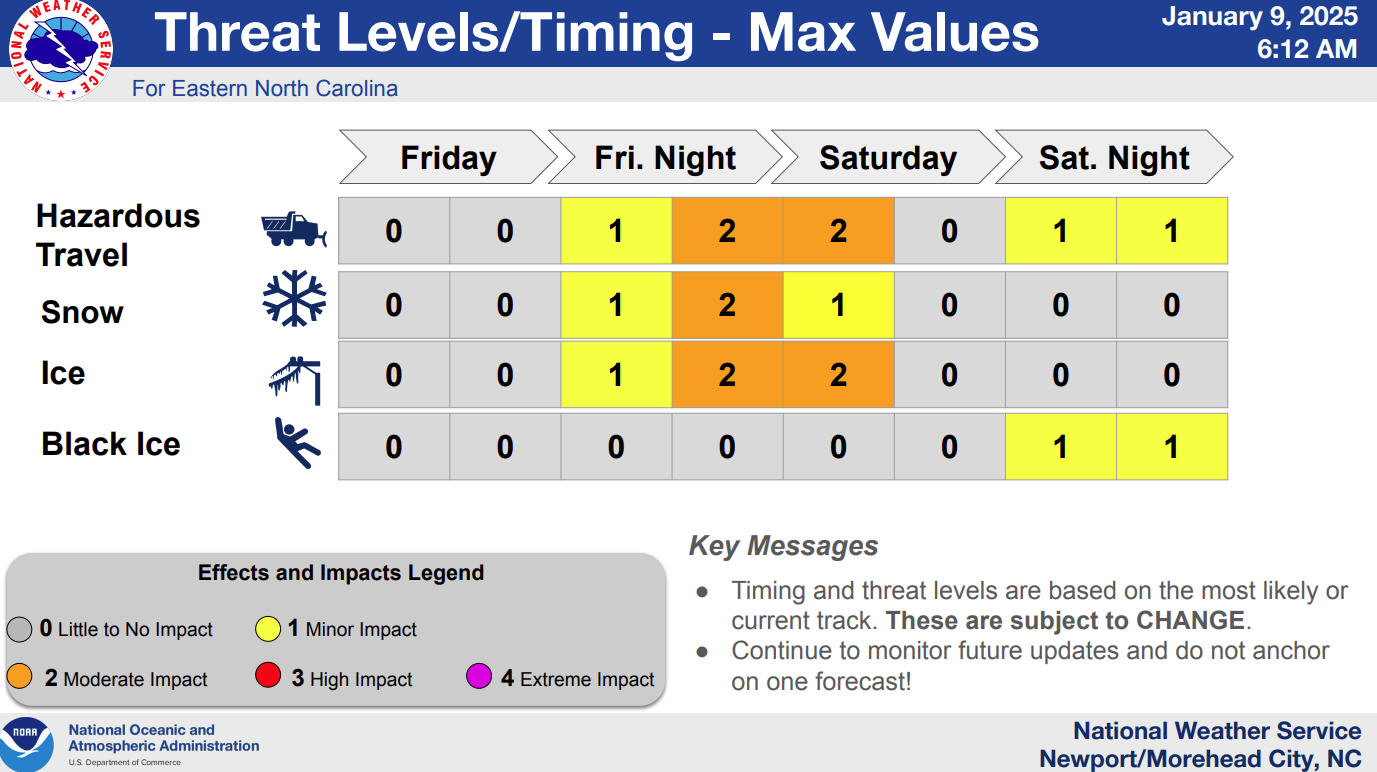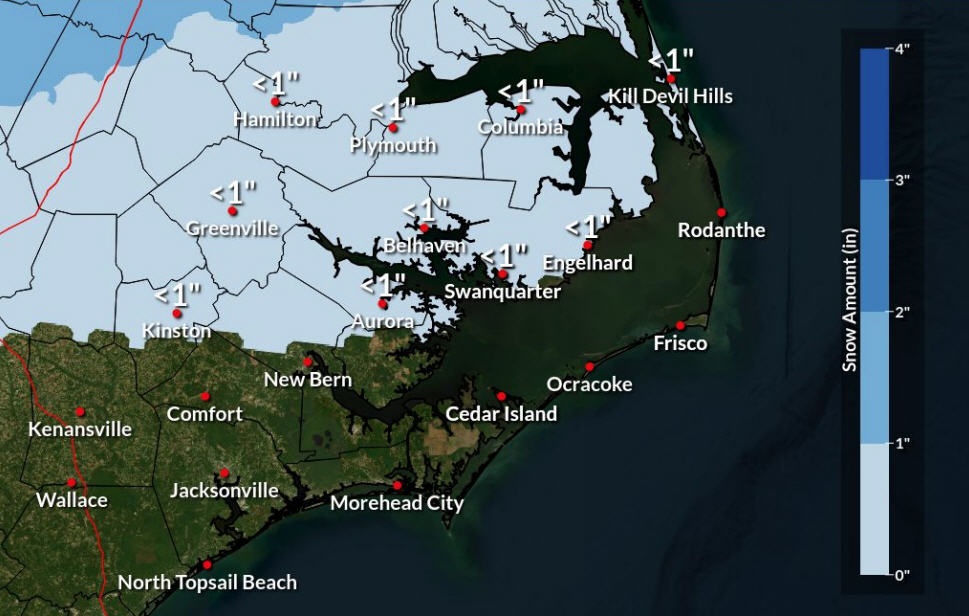Cold-stunned sea turtles are already keeping Park Service and volunteers busy
 Like business closures and unemployment, cold-stunned sea turtles are an unfortunate indication that winter has arrived on the islands. And this year, winter arrived early, bringing with it a cold-stunning event that has kept local wildlife officials and volunteers on the move and contributed to the loss of many young sea turtles.
Like business closures and unemployment, cold-stunned sea turtles are an unfortunate indication that winter has arrived on the islands. And this year, winter arrived early, bringing with it a cold-stunning event that has kept local wildlife officials and volunteers on the move and contributed to the loss of many young sea turtles.
Because sea turtles are ectotherms, their body temperature is determined by their environment, and a sudden, rapid drop in water temperatures (to below 56 degrees Fahrenheit) can send them into a kind of hypothermic shock, rendering them lethargic and unresponsive. The term “cold-stunned” refers to this coma-like state that sea turtles enter when their body temperature drops.
Frisco resident and federally-licensed wildlife rehabilitator Lou Browning is one of the local volunteers who has been working diligently to locate and transport — to Roanoke Island Animal Clinic in Manteo — the cold-stunned turtles.
Browning, who has been working alongside several other local volunteers and National Park Service staff members, said that most, if not all, of the turtles have been juveniles — primarily greens and Kemp’s ridleys — and that the majority have been found on soundside beaches in Hatteras.
The reason for this, he says, is that the turtles are trying to head south, to Hatteras Inlet, where they can enter the ocean and swim to the warm waters of the Gulf Stream.
The sound represents something of a catch-22 for the turtles. On the one hand, they like the sound because the shallow waters stay warmer for longer. On the other hand, those same shallow waters cool down much quicker in the event of sudden freezing temperatures, leaving the turtles that have not yet made it to the ocean highly susceptible to cold-stunning.
Browning said he estimated that volunteers had found over 20 live cold-stunned turtles so far this year, as well as an excess of 50 dead turtles.
Five of those turtles were rescued by employees of the North Carolina Department of Transportation Ferry Division, who took a small boat into the ferry basin at the Hatteras docks to rescue four cold-stunned turtles on one day and one more on another day in early December.
In fact, 2010 was a record-breaking year for cold-stunned turtles.
According to Mike Piatak, lead biological science technician with the National Park Service, there were a total of 185 cold-stunned turtles found in 2010. That number is up from 139 cold-stunned turtles found in 2009. Of those 185 turtles, 64 were found alive — compared to 55 in 2009.
Browning and Piatak offer a few explanations for this increase.
One explanation is, of course, the early arrival of freezing temperatures. Because freezing temperatures arrived prematurely this year, there were more turtles still in the sound, which, in turn, meant more cold-stuns washing up on the beaches.
The other explanation is an increase in volunteers.
According to Piatak, before 2009, there really wasn’t much of a volunteer effort during the winter season.
“We are not sure if these numbers are typical, because we can’t compare them to previous years,” he said.
However, the numbers of cold-stunned turtles seem to be going up everywhere.
News reports from Florida and Padre Island also point to record numbers of cold-stunned sea turtles the past few years. Sea turtle biologist Matthew Godfrey of the North Carolina Wildlife Resources Department said, in a recent article in the Raleigh News & Observer, that until about three years ago, cold-stunned turtles were relatively rare.
Whether these numbers have some biological explanation or are simply the result of an increase in human awareness remains open for debate. What is clear, though, is the importance of locating and rehabilitation these turtles.
The vast majority of cold-stunned turtles are juveniles, which means they have survived the most harrowing part of their lifecycle and are nearing the point where they can contribute to the species.
To put that in perspective, Browning said that “if we can save 100 cold-stunned turtles on the Outer Banks in the winter season, it would be the equivalent of saving all the hatchlings on the Outer Banks in the summer.”
In 2010, of the 64 cold-stunned sea turtles found alive, 40 have been successfully rehabilitated and released—straight into the Gulf Stream, thanks to some volunteers with boats. Six turtles died, and 18 are still in rehab facilities in North Carolina and Virginia.
According to Browning, in order to maximize the number of turtles that are located, rehabilitated, and released, there needs to be an organized and efficient volunteer army.
This is difficult for a number of reasons, not the least of which is how decidedly unglamorous the life of a cold-stun tracker and transporter is.
For starters, there’s the fact that finding the turtles involves either walking the beaches or paddling the waters (boat motors often do more harm than good) on bone-chillingly cold and windy winter days.
Then there’s issue of transporting the turtles.
Just as sea turtles cannot withstand sudden drops in body temperature, sudden increases in body temperature will send them into shock. This means that on that drive to Roanoke Island Animal Clinic (where all turtles are required to go for diagnostic testing before beginning rehabilitation), drivers have to bundle up—there’s no heat allowed in the car.
The trade-off, of course, is that you are not only helping save individual animals, you are actively contributing to the recovery of an endangered or threatened species.
Browning said he and some of the other volunteers are planning to get together sometime soon and start galvanizing interest and organizing volunteers before the second round of cold-stunning hits.
That’s right, there’s more to come.
Browning and Piatak both stressed that the cold-stunning event that happened in December is “the first wave,” and that, when the ocean starts cooling down, particularly those eddies of the Gulf Stream where many of the turtles have been seeking refuge, cold-stunned turtles will begin washing ashore on ocean beaches.
While the Park Service will do daily patrols and organized volunteers will be contributing heavily to the effort, there’s no reason that everyone can’t help.
If you happen to be out on the beaches, or in a boat, and you see a turtle, there are a few things you can do.
The first is, don’t automatically assume the turtle is dead. In some cases, death is obvious—the turtle is decayed or decaying. In many cases, however, the turtles are so lethargic that they appear dead, but are actually just in a state of hypothermic shock.
The next thing to do is to get the turtle out of the elements (you can place them in the dunes or at the foot of the dunes or in a towel on your boat), and then call the Park Service’s turtle hotline.
It may be tempting, but don’t try to transport the turtle yourself.
“In every case,” Browning said, “it’s best to call and have the turtle picked up.”
If you would like to volunteer, but cannot do the physically demanding work of actually combing the beaches and paddling the waters, there are other ways to help. Fundraising in particular is an area where volunteers are needed.
It is incredibly expensive to save a cold-stunned turtle. Each one has to be taken to the veterinarian for a series of diagnostic tests to determine the proper course of treatment for its rehabilitation. These tests alone cost around $300 or $400 per turtle, and are funded by the Network for Endangered Sea Turtles (NEST). Browning said he estimated that NEST had spent at least $6,000 on diagnostics alone in the past three or four weeks. So, if you’re interested in volunteering on the fundraising front, you can contact NEST.
“We depend on them heavily,” Piatak said of non-NPS volunteers, including homeowners, beachcombers, good Samaritans, and volunteer organizations such as NEST.
Browning added that, while he believes the Park Service does a great job within their limitations, he thinks that, in order to maximize the success rate of cold-stunned turtles, “those of us who care about turtles are going to have to have a more organized volunteer effort.”
FOR MORE INFORMATION
For more information on volunteering, or to report a cold-stunned turtle, contact:
NPS Turtle Hotline: 252-216-6892
Katie McCurdy (NPS Volunteer Coordinator): 252-995-6968
NEST: 252-441-8622
Lou Browning: 252-475-4217




